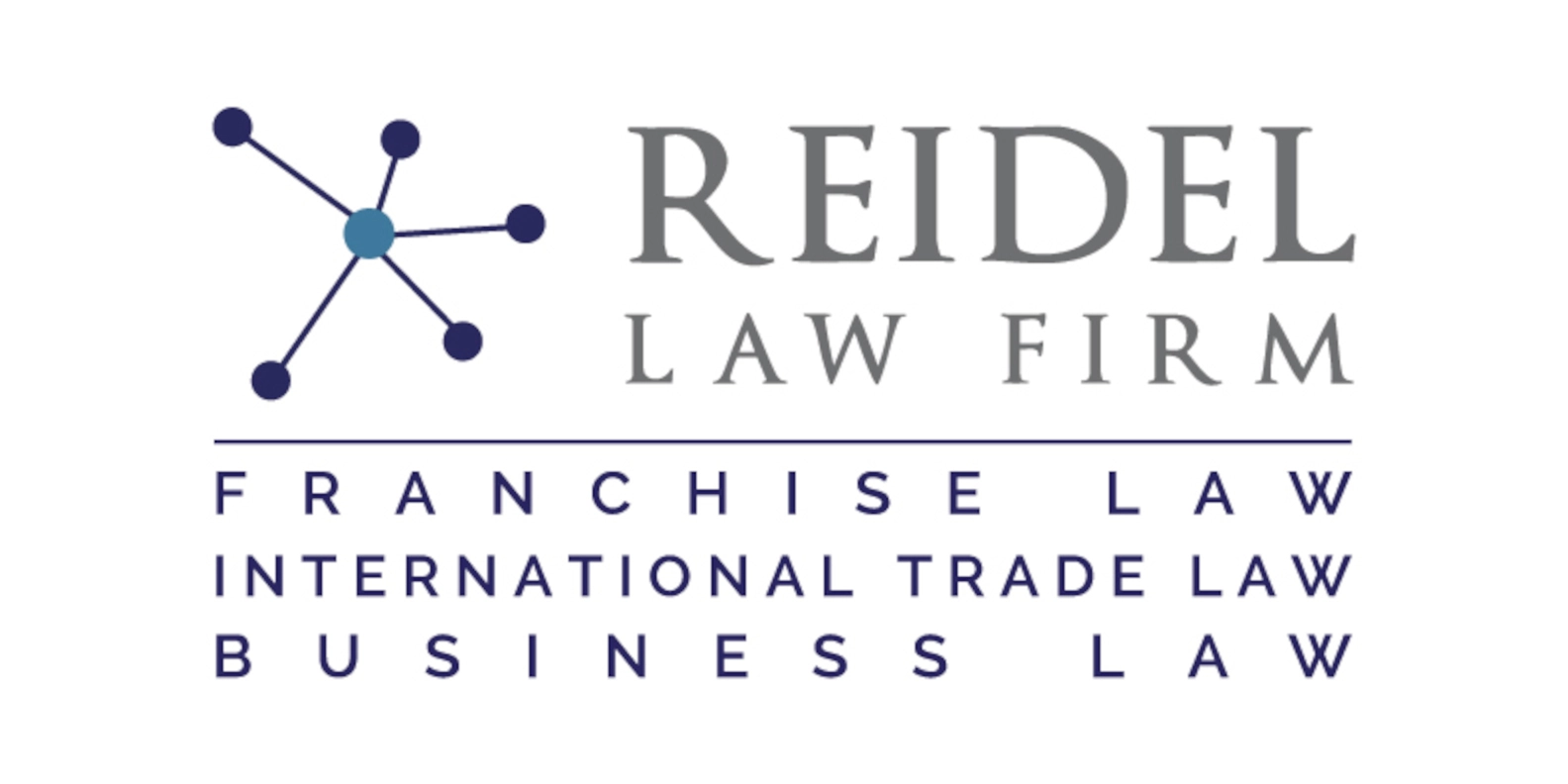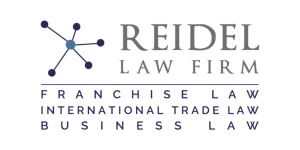In today’s business landscape, franchising offers a promising opportunity for entrepreneurs to establish successful ventures. However, before taking the plunge into the world of franchising, it is essential to conduct a thorough financial assessment. This comprehensive franchise financial assessment checklist will guide you through the process of evaluating the financial viability of a franchise, considering factors such as initial costs, ongoing fees, and potential profitability.
Understanding the Importance of a Financial Assessment
Before investing in any franchise, it is crucial to understand the significance of conducting a financial assessment. This assessment allows you to gain valuable insights into the franchise’s financial health, determine the initial investment required, and ascertain the potential profitability of the business. By thoroughly examining the financial aspects of a franchise, you can make informed decisions and mitigate potential risks.
One key aspect of a financial assessment is analyzing the franchise’s revenue streams. This involves understanding the sources of income for the business, such as product sales, royalties, or service fees. By evaluating the stability and growth potential of these revenue streams, you can gauge the long-term financial viability of the franchise.
In addition to revenue streams, a financial assessment also involves assessing the franchise’s expenses. This includes analyzing fixed costs, such as rent and utilities, as well as variable costs, such as inventory and marketing expenses. Understanding the franchise’s cost structure is essential for determining the profitability and sustainability of the business.
Factors to Consider Before Investing in a Franchise
Prior to investing in a franchise, it is important to consider several factors that can significantly impact your financial success. Market demand, competitive landscape, and the franchise’s track record are just a few of the aspects to evaluate. By thoroughly assessing these factors and conducting due diligence, you can make a well-informed decision.
Another important factor to consider before investing in a franchise is the level of support provided by the franchisor. A strong support system can greatly contribute to the success of your franchise. This includes initial training, ongoing guidance, marketing support, and access to resources. It is crucial to thoroughly research and understand the level of support offered by the franchisor before making your investment.
Initial Costs: Evaluating the Upfront Investment Required
One of the first steps in the franchise financial assessment process is evaluating the initial costs associated with the franchise. This includes the franchise fee, real estate expenses, equipment and inventory costs, and any other upfront investment required. A careful evaluation of these costs will help you understand the financial commitment necessary to get the franchise up and running.
When considering the initial costs of a franchise, it is important to take into account any additional fees or expenses that may arise. These can include marketing fees, training costs, and legal fees. These additional expenses can significantly impact the overall investment required to start the franchise.
Furthermore, it is crucial to consider the potential return on investment (ROI) when evaluating the upfront investment. Understanding the projected revenue and profitability of the franchise can help determine if the initial costs are justified. Conducting a thorough market analysis and reviewing the financial performance of existing franchise locations can provide valuable insights into the potential ROI.
Ongoing Fees: Uncovering Hidden Expenses
In addition to the initial costs, it is essential to uncover and assess the ongoing fees associated with the franchise. These fees can include royalty payments, marketing fees, and other charges that the franchisor may impose. Understanding the nature and amount of these fees will play a crucial role in determining the overall financial feasibility of the franchise.
One important ongoing fee to consider is the royalty payment. This fee is typically a percentage of the franchisee’s gross sales that must be paid to the franchisor on a regular basis. It is important to understand the royalty rate and how it may impact your profitability.
Another ongoing fee to be aware of is the marketing fee. Franchisors often require franchisees to contribute to a marketing fund that is used to promote the brand as a whole. This fee can vary in amount and may be a fixed monthly fee or a percentage of sales. Understanding how this fee is used and the potential benefits it can bring to your business is crucial.
Potential Profitability: Analyzing Revenue Streams and Projections
Assessing the potential profitability of a franchise is a fundamental aspect of the financial assessment checklist. By analyzing the franchise’s revenue streams and projections, you can evaluate whether the business has the potential to generate the desired returns. Carefully examining the franchisor’s financial statements and conducting market research will allow you to make an informed judgment regarding the franchise’s profitability.
One important factor to consider when analyzing revenue streams is the diversity of income sources. A franchise with multiple revenue streams, such as product sales, service fees, and royalties, may be more resilient to market fluctuations and have a higher potential for profitability. On the other hand, a franchise heavily reliant on a single revenue stream may be more vulnerable to changes in consumer preferences or economic conditions.
In addition to revenue streams, it is crucial to analyze the accuracy and reliability of the franchise’s projections. This involves scrutinizing the assumptions and methodologies used to forecast future revenues and expenses. A franchise that provides transparent and well-supported projections can instill confidence in potential investors, as it demonstrates a thorough understanding of the market and a realistic assessment of the business’s growth potential.
Conducting Due Diligence: Researching the Franchise’s Financial History
In order to gain a comprehensive understanding of the franchise’s financial health, it is essential to conduct due diligence. This involves thoroughly researching the franchise’s financial history, examining their past performance, and reviewing their audited financial statements. By thoroughly researching the franchise’s financial background, you can identify any red flags or potential areas of concern.
One important aspect of researching the franchise’s financial history is analyzing their revenue and profitability trends over time. This can help you assess the franchise’s ability to generate consistent income and determine if there are any significant fluctuations or declining trends that may raise concerns.
Additionally, it is crucial to review the franchise’s debt and financial obligations. This includes examining their outstanding loans, lease agreements, and any other financial liabilities. Understanding the franchise’s debt structure can give you insights into their financial stability and ability to meet their financial obligations in the long term.
Assessing the Franchise’s Financial Stability and Growth Potential
Another important aspect of the financial assessment is evaluating the franchise’s financial stability and growth potential. Analyzing the franchise’s profitability, cash flow, and revenue growth over the years will provide insights into its long-term viability. Additionally, researching the franchise’s market position and expansion plans will help you assess its projected growth potential.
Estimating Return on Investment (ROI): Calculating Profitability
Calculating the estimated return on investment (ROI) is a critical step in the financial assessment process. By analyzing the franchise’s financial projections and estimating the potential profitability, you can determine how long it will take to recoup your initial investment. This helps you gauge the financial success of the franchise and make informed decisions about the overall feasibility of the investment.
Understanding Franchise Financial Statements: Key Metrics to Look for
For a comprehensive financial assessment, it is imperative to understand and analyze the franchise’s financial statements. Key metrics to look for include revenue, gross margin, operating expenses, net profit, and cash flow. These metrics provide a clear picture of the franchise’s profitability, financial stability, and growth potential.
Evaluating the Franchise Disclosure Document (FDD) for Financial Information
The Franchise Disclosure Document (FDD) is a valuable resource for gathering financial information about the franchise. It contains crucial details about the franchisor’s financial health, including audited financial statements, litigation history, and other pertinent information. Evaluating the financial disclosures in the FDD will provide a comprehensive overview of the franchise’s financial background.
Comparing Multiple Franchise Opportunities: A Comprehensive Approach to Financial Assessment
When considering investing in a franchise, it is important to compare multiple opportunities. A comprehensive approach to the financial assessment involves evaluating different franchises’ financial aspects and analyzing them side by side. This allows you to make a well-informed decision by comparing financial viability, potential profitability, and overall investment requirements.
Analyzing Cash Flow and Revenue Models: A Guide for Prospective Franchisees
Understanding the cash flow and revenue models of a franchise is crucial for prospective franchisees. By examining these models, you can evaluate the monthly income potential, seasonal fluctuations, and projected growth. This analysis will provide valuable insights into the financial feasibility of the franchise and help you plan for future success.
Examining Operating Costs and Overhead Expenses in a Franchise Business
Operating costs and overhead expenses play a significant role in determining the financial viability of a franchise. Carefully evaluating these costs, including rent, utilities, employee wages, and other expenses, will help you calculate the franchise’s breakeven point and determine its overall financial health.
Forecasting Expenses and Creating Realistic Budgets for a Franchise Operation
Creating realistic budgets and accurately forecasting expenses are essential steps in the financial assessment process. By examining the franchise’s historical data, projected growth, and estimated costs, you can develop a comprehensive budget that aligns with your financial goals. Creating a detailed budget will help you assess the financial feasibility of the franchise and plan for its long-term success.
Assessing Financing Options: Exploring Loan Programs and Funding Sources for Franchises
Franchise financing is often a crucial consideration for prospective franchisees. Assessing financing options involves exploring loan programs, government assistance, and other funding sources to support your investment. Evaluating the terms, interest rates, and repayment options will allow you to make informed decisions about obtaining financing for the franchise.
Identifying Potential Risks and Challenges in the Franchise’s Financial Structure
It is important to identify potential risks and challenges in the franchise’s financial structure during the assessment process. Factors such as heavy reliance on a single revenue stream, high debt levels, and inadequate reserves can pose threats to the franchise’s financial stability. Assessing these risks will help you gauge the potential impact on your investment and make informed decisions.
Considering Market Demand and Competitive Landscape to Evaluate Profitability Potential
Evaluating the market demand and competitive landscape is crucial when assessing a franchise’s profitability potential. Analyzing factors such as target market size, consumer trends, and the franchise’s unique value proposition will help you assess the demand for the franchise’s products or services. Additionally, evaluating the competitive landscape will allow you to gauge the franchise’s ability to thrive in a competitive market.
In conclusion, conducting a comprehensive financial assessment is a crucial step in evaluating the financial viability of a franchise. By considering factors such as initial costs, ongoing fees, potential profitability, and market demand, you can make well-informed decisions about investing in a franchise. Utilize this franchise financial assessment checklist to guide you through the process of thoroughly evaluating the financial aspects of any franchise opportunity. Remember, a robust financial assessment is the key to setting yourself up for success in the franchising world.







